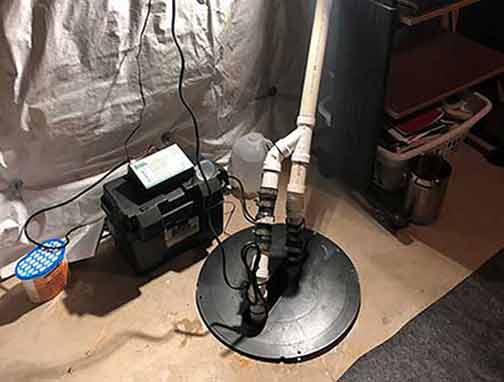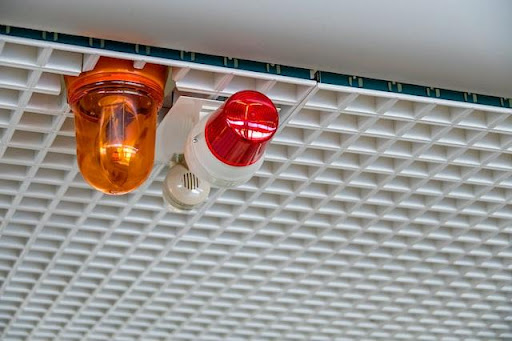Sump Pumps: Last Line Of Defense For Spring Flooding
Spring is the time of the year when there is the most number of incidents of flooding in homes. That’s because as the snow melts and rainfall increases, the large volumes of runoff created and rising groundwater often overwhelm the flood prevention system in homes.
The result is that more homes experience flooding in spring than at any other time of the year. But the TrustArt Realty Team advises there are steps homeowners can take to protect their houses from spring flooding. These measures include a range of steps that can be taken inside or outside the home:
- Sealing cracks and leaks in walls, floors and foundations to prevent water infiltration.
- Keeping gutters and downspouts free of debris.
- Ensuring downspouts are draining at a proper distance from the foundation.
- Proper grading of the soil around the home to make sure it slopes away from the building.
- Ensuring that swales, French drains and catch basins are well-maintained.
- Keeping the main sewer line clog-free to prevent backflow of wastewater into the home.
These steps should be your home’s first line of defense against flooding. They drastically reduce the home’s exposure to the risk of spring flooding. But they do not eliminate the risk. If there is a severe storm or a river overflows, it is still possible that your home will get flooded.
This is why your home needs a failsafe system to serve as its last line of defense against spring flooding. This system should automatically kick in when all your other safeguards fail. For most homes, the measure that has proven the most effective in this regard is a sump pump.
Sump pumps; how they work and why your home needs one
Unlike the other flood-protection methods listed above – all of which try to keep water out of your home – a sump pump operates on a different idea – it works to get water out of your home. While the other methods are preventative, the sump pump is corrective.
Sump pumps ensure that if runoff or groundwater ever finds its way into your home, the water is removed before it can do any harm. Sump pumps operate in a worst-case scenario; they assume that flooding will happen in your home at some point, and they work to protect the home.
How do sump pumps work? Sump pumps are made of several components which work together to keep a flooding incident inside your home’s basement from becoming a disaster. The main elements of the sump pump system are:
- A sump basin; usually 2 feet deep and 18 inches wide.
- A submersible or pedestal pump with a motor that can come in a range of sizes.
- A float switch which automatically turns the pump on when it detects water.
- A check valve to prevent backflow and short cycling.
- A strainer basket to catch debris and keep it from entering the motor.
When the water inside the sump basin rises to a predetermined level, the float switch activates the pump. The water is pumped out of the basement and carried to a safe location, away from the house. When the water inside the pit is sufficiently low, the float switch will turn off the pump.
How to make sure your sump pump never fails
Sump pumps are not a system you can set and forget. If you don’t understand this, you may wake up one day to the sad sight of a flood inside your basement. To help the sump pump play its role as your home’s last line of defense against spring flooding, you should do the following:
Test the sump pump
Periodically test the sump pump to ensure its automatic function is working. Testing a sump pump is as simple as pouring water into the sump pit until the float rises and the motor kicks in. Watch to see if the sump pump turns off after the water is pumped out.
Install a sump pump alarm system
There are different types of sump pump alarm systems. Some alarm systems make a loud noise to warn you of problems, while others send emails and text messages. Some alarm systems only monitor water levels in the pit, but others are more advanced.
Install a battery backup pump system
Because it is connected to your home’s electricity supply, the sump pump will not work if there is a power outage. Blackouts often happen when you need the sump pump most – during storms. A battery-powered backup system can save you in these situations.
Replace your sump pump
Sump pumps should be replaced every 7-10 years. But this also depends on how much maintenance the pump gets and the volume of water it handles. If you maintain the sump pump on a schedule, it will be easy to detect signs of impending failure before it happens.
Lastly, you want to have proper flood insurance. Weather patterns around the world are changing because of climate change. Even if you think your home is not at risk of flooding, adequate flood insurance will give you peace of mind in case the unexpected happens.


